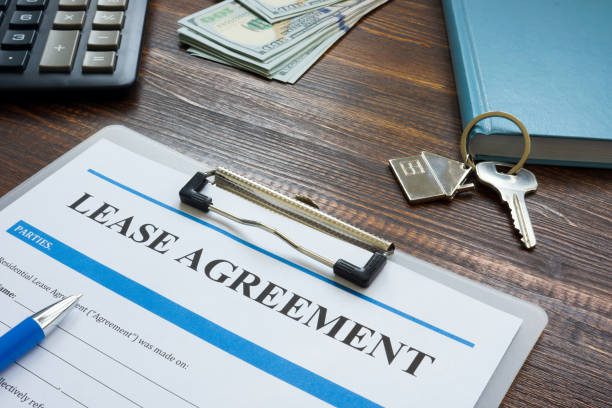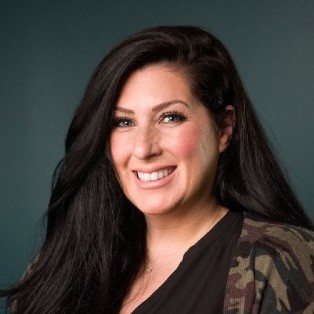By Paul J. Kozlowski
Prices of gasoline and houses draw attention at this time of year. The US Energy Information Administration reported an average price of gas at $2.80/gallon in June, down 24% from a year ago. In contrast, the US Federal Housing Finance Agency’s house-price index rose 10% in 2014, and it was up 5.5% in the first six months of 2015. A drop in the price of gas at the pump is good news for households as the vacation season begins, but the rise in house prices points to pressure on homebuyers this year. Those price changes represent only two items in a large group of products purchased nationwide.
Statistics
When we look at the broader picture, however, we see a rate of inflation – a rise in the economy’s general price level – averaging less than 2% over the last three years. Because a general price level does not exist for the myriad of products and services purchased, federal agencies produce indexes of price changes.
The Consumer Price Index (CPI), released monthly by the US Bureau of Labor Statistics (BLS), is the most popular. It measures changes in prices for a large basket of goods and services bought by all urban consumers. Last year the CPI rose 1.6%, a rate well below the high of 13.5% in 1980. The low inflation in recent years shown in the chart has limited a run-up in price expectations that find its way into contracts and interest rates when businesses, financial institutions and individuals attempt to protect against loss of real purchasing power.
In addition, the Prime Loan Rate – the interest rate banks charge their most creditworthy customers – moves with inflation. The prime rate hit a high of 18.5% in 1980 when inflation exceeded 10%, and moved down along with other interest rates when inflationary pressures moderated. In 2015 the prime interest rate is 3.25%, the same as it’s been for the last six years.
Expenditures
We can also untangle inflation by eight major expenditure categories reported by the BLS. Increases for some items pulled the inflation rate upward. Prices for food and beverages rose somewhat faster than the 1.6% increase in the CPI. In the housing category, which includes shelter, fuels, utilities and furnishings, prices rose 2.6% last year and are up 2.1% so far this year.
But, while the upsurge in price in the medical care group, which contains commodities, professional services and hospitals, has slowed from a 4-5% range from 1990 to 2007 to less than 3% in the last three years, that group is still putting upward pressure on the overall rate of inflation. At less than 1%, the increase in the education and communication category appears reasonably good. However, prices of educational items alone rose much faster: 3.8% in 2013, 3.3% in 2014 and over 4% so far this year. Inflation nationwide seems well contained in 2015 even while prices for housing, medical care and education continue rising. Actual declines in prices for transportation items, most notably gasoline, have offset those increases.
Denver/Boulder
Inflation in the Denver-Boulder-Greeley area exceeded the national rate due to more rapid increases in local prices for housing and medical care. The local CPI for housing jumped 4.9% last year compared to 2.6% nationwide. For medical care the increase was 3.1% vs. 2.4%. Rising demand for medical care and housing will pull local inflation up again this year. Nevertheless, the rate of inflation in the Denver region is certainly not heading toward highs recorded decades ago.
Contributions
Dr. Paul Kozlowski, long time Corken + Company client, is professor emeritus of business economics and finance at the University of Toledo, and past-president of the Mid-Continent Regional Science Association. He has served as an advisor to business and government organizations for over thirty-five years, and his articles have appeared in a variety of economic publications and books. He holds a Ph.D. in economics from the University of Connecticut and lives in Denver.




